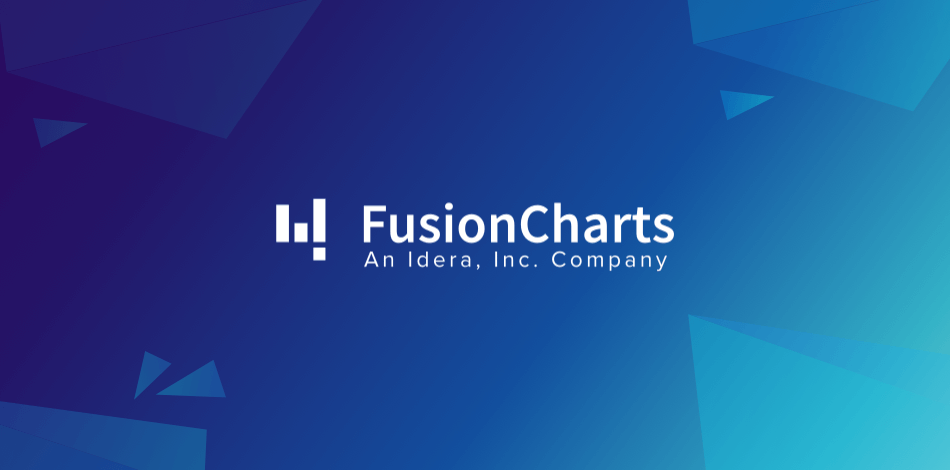Data visualization is the key to presenting your data effectively to the right people at the ideal time. With the volume of information people encounter daily and the amount of data they process at work having recently soared, the need for insightful tools has become critical. By 2025, data volumes are expected to reach a staggering 163 ZB—ten times what we generate today. When processing this information becomes too overwhelming, tools that transform complicated, patternless data into meaningful insights are indispensable.
Here are some of the best, most popular, or most innovative data visualization tools used by multinational companies and web design firms:

Tableau Tableau is one of the most popular solutions for data visualization. It offers exceptional visualization capabilities and creates graphics that surpass those of its competitors. The platform facilitates the creation of tables, maps, and even 3D visualizations in an interactive and compelling manner. Additionally, Tableau is renowned for its rapid processing of changing datasets, crucial for big data operations such as artificial intelligence and machine learning, and integrates with numerous advanced database solutions including Hadoop, Amazon AWS, MySQL, SAP, and Teradata. Tableau is available in three versions: desktop, server, and online, along with a robust mobile version compatible with Android and iOS, providing full functionality on the go.

Fusion Charts This widely used, JavaScript-based charting and visualization package has established itself as a leader in the paid market. It supports 90 different chart types and offers extensive integration capabilities, providing significant flexibility. Fusion Charts allows users to start with “live” sample templates and plug in their data as needed, simplifying the visualization process.
Datawrapper Datawrapper is an easy-to-use tool that enables the creation of interactive visuals without the need for coding. It supports powerful mobile solutions for all device types and sizes and can convert data from CSV, PDF, and other formats into comprehensive graphics. Datawrapper also allows for easy embedding of maps into reports. Pricing depends on the user type and required functionality, ranging from a free trial version to customized solutions costing several thousand dollars per year.
Plotly Plotly enhances complex and advanced visualizations through its integration with analytics-oriented programming languages like Python, R, and Matlab. Built on the d3.js visualization libraries for JavaScript, this commercial package includes additional usability features and built-in API support, such as Salesforce.
Highcharts Highcharts is used by many of the world’s largest companies and requires a license for commercial use. It offers a trial for personal or non-commercial purposes. Highcharts is chosen for its quick deployment and minimal need for specialized data visualization training. It supports cross-browser compatibility, ensuring that its interactive visualizations work on all platforms.
Sisense Sisense provides a full-stack analytics platform with visualization capabilities that include an easy-to-use interactive interface for creating charts and complex graphics. It allows instant querying of data through dashboards, even with big data-sized sets, and these dashboards can be shared across an organization.
QlikView As a major player in the market and Tableau’s biggest competitor, QlikView is used by over 40,000 clients in more than 100 countries. It is often praised for its highly flexible setup and extensive features. QlikView is typically used alongside its sister package, QlikSense, which handles data analysis and discovery. A strong community and numerous online resources help new users integrate it into their projects.
Raw Raw is an open-source tool for transforming unstructured data into insightful vector-based visuals. It offers flexible mapping options that help identify patterns and trends. Raw converts PNG, SVG, and other data formats into graphics, but final adjustments often require a designer to refine results using tools like Sketch, Adobe, or Inkscape.
Infogram Infogram stands out for its real-time data processing capabilities. It streamlines the workflow into a three-step process and offers a variety of templates for creating dashboards and charts. Infogram provides a free basic plan, with other plans offering enhanced capabilities for teams, costing about $804 annually.
ChartBlocks ChartBlocks supports data from databases, spreadsheets, and live streams. Its wizard converts raw Excel data into responsive visuals rendered on screens of any size using a D3.js JavaScript library. Results can be integrated into web pages and shared on social media. Its most expensive version allows up to 25 million viewers per year and costs $780.
Chartio Chartio is a big data visualization tool that simplifies the visualization of information in a timely and straightforward manner. It consolidates scattered data and represents significant patterns with interactive dashboards and charts. Chartio is used by major companies like The Financial Times and Reuters TV.
Visually Visually offers visualization as an outsourced service for marketing, PR, and publishing sectors. Companies like National Geographic and Nike use Visually for creative solutions that meet customer requirements.
Carto CartoDB focuses on location-related data, managing millions of results and presenting them vividly. This web-based tool allows for easy sharing of results across teams without requiring data alteration by viewers. Carto’s mobile version provides access to essential data, and its enterprise version is available upon request.
These are 13 of the top big data visualization tools on the market today. While all these tools perform similar operations, different vendors tailor their pricing plans to factors such as the number of team members or views per month. While these solutions are highly regarded, it’s crucial to assess whether they fit your specific business needs.






 Afrikaans
Afrikaans Albanian
Albanian Amharic
Amharic Arabic
Arabic Armenian
Armenian Azerbaijani
Azerbaijani Basque
Basque Belarusian
Belarusian Bengali
Bengali Bosnian
Bosnian Bulgarian
Bulgarian Catalan
Catalan Cebuano
Cebuano Chichewa
Chichewa Chinese (Simplified)
Chinese (Simplified) Chinese (Traditional)
Chinese (Traditional) Corsican
Corsican Croatian
Croatian Czech
Czech Danish
Danish Dutch
Dutch English
English Esperanto
Esperanto Estonian
Estonian Filipino
Filipino Finnish
Finnish French
French Frisian
Frisian Galician
Galician Georgian
Georgian German
German Greek
Greek Gujarati
Gujarati Haitian Creole
Haitian Creole Hausa
Hausa Hawaiian
Hawaiian Hebrew
Hebrew Hindi
Hindi Hmong
Hmong Hungarian
Hungarian Icelandic
Icelandic Igbo
Igbo Indonesian
Indonesian Irish
Irish Italian
Italian Japanese
Japanese Javanese
Javanese Kannada
Kannada Kazakh
Kazakh Khmer
Khmer Korean
Korean Kurdish (Kurmanji)
Kurdish (Kurmanji) Kyrgyz
Kyrgyz Lao
Lao Latin
Latin Latvian
Latvian Lithuanian
Lithuanian Luxembourgish
Luxembourgish Macedonian
Macedonian Malagasy
Malagasy Malay
Malay Malayalam
Malayalam Maltese
Maltese Maori
Maori Marathi
Marathi Mongolian
Mongolian Myanmar (Burmese)
Myanmar (Burmese) Nepali
Nepali Norwegian
Norwegian Pashto
Pashto Persian
Persian Polish
Polish Portuguese
Portuguese Punjabi
Punjabi Romanian
Romanian Russian
Russian Samoan
Samoan Scottish Gaelic
Scottish Gaelic Serbian
Serbian Sesotho
Sesotho Shona
Shona Sindhi
Sindhi Sinhala
Sinhala Slovak
Slovak Slovenian
Slovenian Somali
Somali Spanish
Spanish Sundanese
Sundanese Swahili
Swahili Swedish
Swedish Tajik
Tajik Tamil
Tamil Telugu
Telugu Thai
Thai Turkish
Turkish Ukrainian
Ukrainian Urdu
Urdu Uzbek
Uzbek Vietnamese
Vietnamese Welsh
Welsh Xhosa
Xhosa Yiddish
Yiddish Yoruba
Yoruba Zulu
Zulu